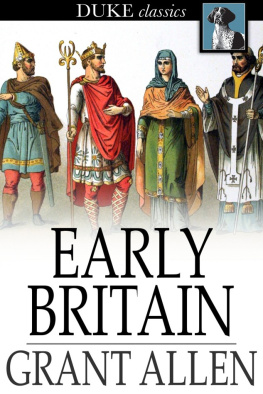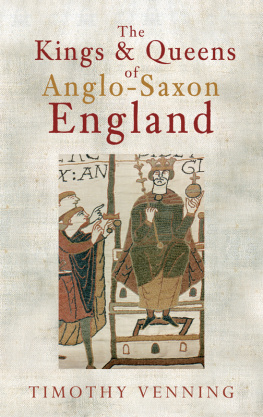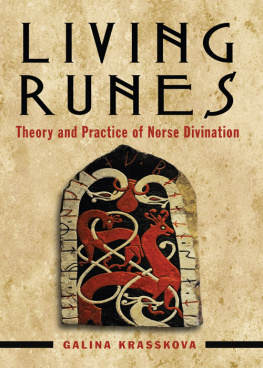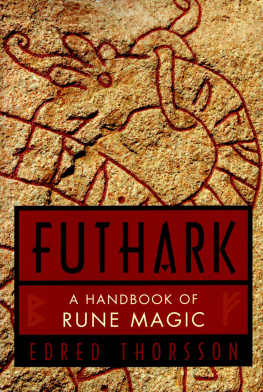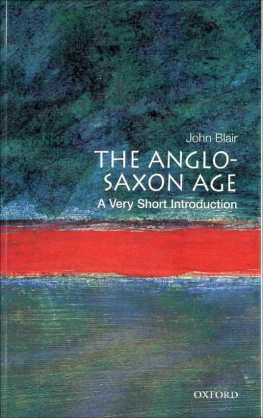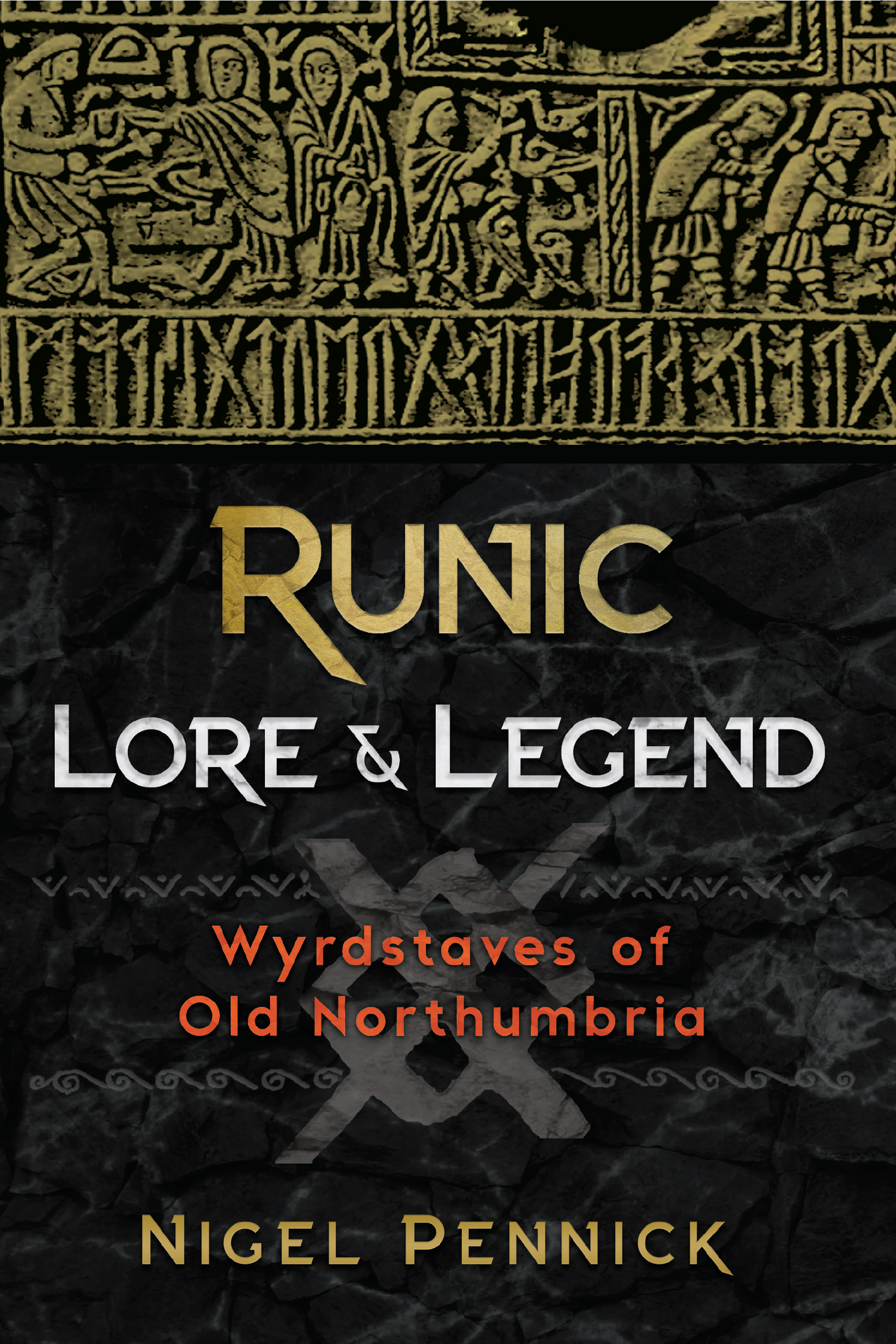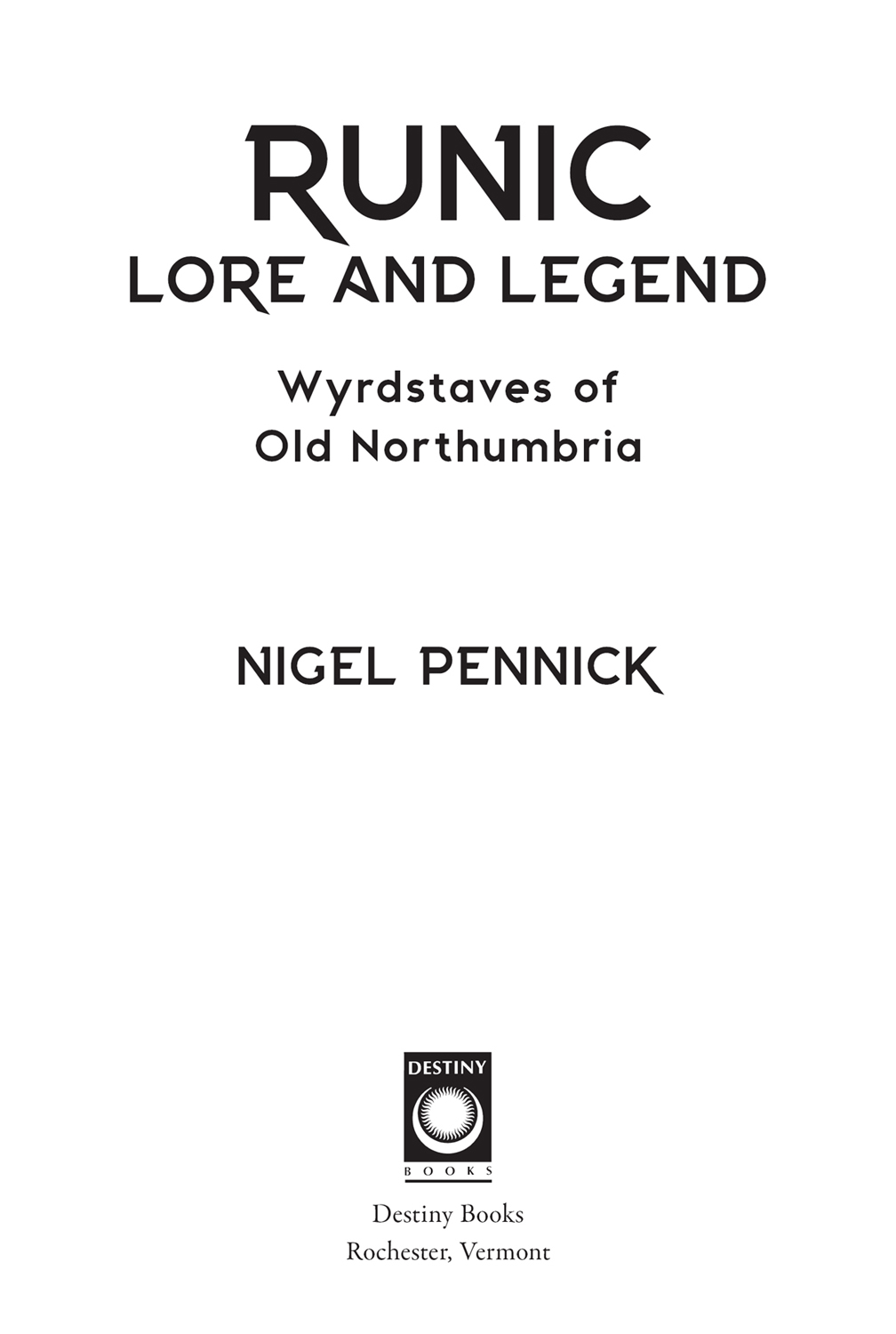Nigel Pennick - Runic Lore and Legend: Wyrdstaves of Old Northumbria
Here you can read online Nigel Pennick - Runic Lore and Legend: Wyrdstaves of Old Northumbria full text of the book (entire story) in english for free. Download pdf and epub, get meaning, cover and reviews about this ebook. year: 2019, publisher: Destiny Books, genre: Religion. Description of the work, (preface) as well as reviews are available. Best literature library LitArk.com created for fans of good reading and offers a wide selection of genres:
Romance novel
Science fiction
Adventure
Detective
Science
History
Home and family
Prose
Art
Politics
Computer
Non-fiction
Religion
Business
Children
Humor
Choose a favorite category and find really read worthwhile books. Enjoy immersion in the world of imagination, feel the emotions of the characters or learn something new for yourself, make an fascinating discovery.

- Book:Runic Lore and Legend: Wyrdstaves of Old Northumbria
- Author:
- Publisher:Destiny Books
- Genre:
- Year:2019
- Rating:3 / 5
- Favourites:Add to favourites
- Your mark:
Runic Lore and Legend: Wyrdstaves of Old Northumbria: summary, description and annotation
We offer to read an annotation, description, summary or preface (depends on what the author of the book "Runic Lore and Legend: Wyrdstaves of Old Northumbria" wrote himself). If you haven't found the necessary information about the book — write in the comments, we will try to find it.
Examines the 33 Northumbrian runes of the Anglo-Saxon Futhark, providing the meanings, historical uses, symbolism, and related tree and plant spirits for each
Explores geomancy divination practices, the role of sacred numbers, and the power of the eight airts, or directions
Provides a magical history of Northumbria, as well as a look at the otherworldly beings who call these lands home, including boggarts, brownies, and dragons
Shows how traditional spirituality is intimately tied to the landscape and the cycle of the seasons
In the early Anglo-Saxon period, the region of Great Britain known as Northumbria was a kingdom in its own right. These lands, in what is now northern England and southeast Scotland, were the targets of the first Viking raids on Britain. This violent influx, followed by the establishment of trade routes with the Norse, brought the runes to the region, where they intermingled with local magical traditions and legends, resulting in the development of a practical runic wisdom entirely unique to Northumbria.
In this guide to the Wyrdstaves, or runic practices, of Old Northumbria, Nigel Pennick examines the thirty-three runes of the Anglo-Saxon Futhark and how they were used in Old England for weaving the web of Wyrd. Sharing runic lore and legends from the area, he explains how the Northumbrian runes are unique because they contain elements from all the cultures of the region, including the Picts, Britons, Romans, Angles, Scots, and Norse. He illustrates how each rune in this tradition is a storehouse of ancient knowledge, detailing the meanings, historical uses, symbolism, and related tree and plant spirits for each of the thirty-three runes. The author describes the Northumbrian use of runes in magic and encryption and explores geomancy divination practices, the role of sacred numbers, and the power of the eight airts, or directions. He also shows how the Northumbrian runes have a close relationship with Ogam, the tree alphabet of the ancient Celts.
Providing a magical history of Northumbria, as well as a look at the otherworldly beings who call these lands home, including boggarts, brownies, and dragons, Pennick explains how traditional spirituality is intimately tied to the landscape and the cycle of the seasons. He reveals how the runic tradition is still vibrantly alive in this area and ready for us to reawaken to it.
Nigel Pennick: author's other books
Who wrote Runic Lore and Legend: Wyrdstaves of Old Northumbria? Find out the surname, the name of the author of the book and a list of all author's works by series.


